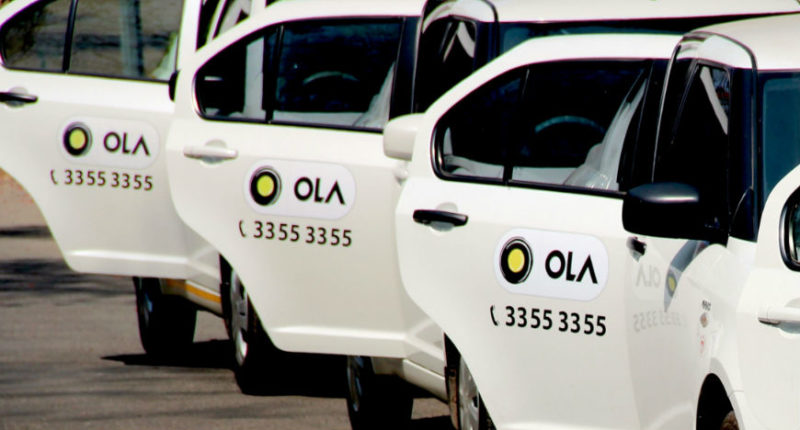Ola is once again seeing its valuation slashed by one of its biggest backers over time. Vanguard, a major U.S.-based asset management firm, has decided to revise its valuation of ANI Technologies, the parent company of the Indian ride-hailing service.
According to a regulatory filing, Vanguard has pegged Ola’s valuation at approximately $2 billion at the end of August 2024, which marks a notable decline from its previous valuation of $7.3 billion in late 2021. Vanguard’s existing stake in ANI Technologies (according to the latest disclosure) amounted to about $14.3 million, which marks a huge decrease from the nearly $51 million the asset management firm had initially invested to acquire those shares.
This development comes a few months after Vanguard had slashed Ola’s valuation – that markdown had been the third markdown in the valuation of the ride-hailing major since February 2023. At that time, Vanguard had a stake of about 0.7% in Ola, and the startup itself declined from commenting on the matter. The current markdown in its valuation is not an isolated incident – this year has seen US-based asset management firm Fidelity slash the valuation of e-commerce upstart Meesho (to $3.5 billion in January) as well.
Soon after its inception – in 2011 – Ola raised $139 million in a funding round, following which Ola saw its valuation peak at $7.3 billion. Some of the other prominent players in this sector include Uber, Swiggy-backed Rapido, and Google-backed Moving Tech. The Indian ride-hailing sector has experienced rapid growth, but this expansion has also led to increased competition and market saturation. A report by Statista projects an expected growth of 9.10% of the market from 2024 to 2029 (on an annual basis), which would elevate the market volume to $11.64 billion by the end of the period, while the number of users is expected to rise to 380.6 million.
Ola’s ride-hailing business however, has suffered from not just external market factors, but internal neglect as well. The company — and its founder Bhavish Aggarwal — have rapidly diversified resources and expanded into other avenues, such as electric vehicles (via Ola Electric), AI and others. This has resulted in the core ride hailing business being on the back burner for a while, as the company focuses on more lucrative investment-grabbing avenues such as EVs and generative AI.
Ola Electric parted ways from Ola Cabs a few years ago, and so far, has seen a less favorable reception in the market. It made its debut in the public markets in August and went on to achieve a market capitalization of $4.2 billion (its shares were priced at ₹76/share during the IPO) following its public listing as well. Consumer response has been tepid with several incidents of showrooms being set on fire by frustrated consumers due to Ola’s inability to address a massive backlog of service requests. Ola’s scooters have been accused of using inferior and under-cooked tech and fare far lower compared to peers, such as Hero group backed Ather Energy.
On the AI front as well, Ola and Aggarwal rapidly rolled out an entire AI ecosystem under the banner of “Krutrim AI”, claiming to have designed it in-house, from the ground up. However, several users and reports later pointed out, that the AI is mostly a wrapper build on top of OpenAI’s ChatGPT. The startup however, has still gone on to raise external investments, though the future remains unclear.
The Tech Portal is published by Blue Box Media Private Limited. Our investors have no influence over our reporting. Read our full Ownership and Funding Disclosure →






